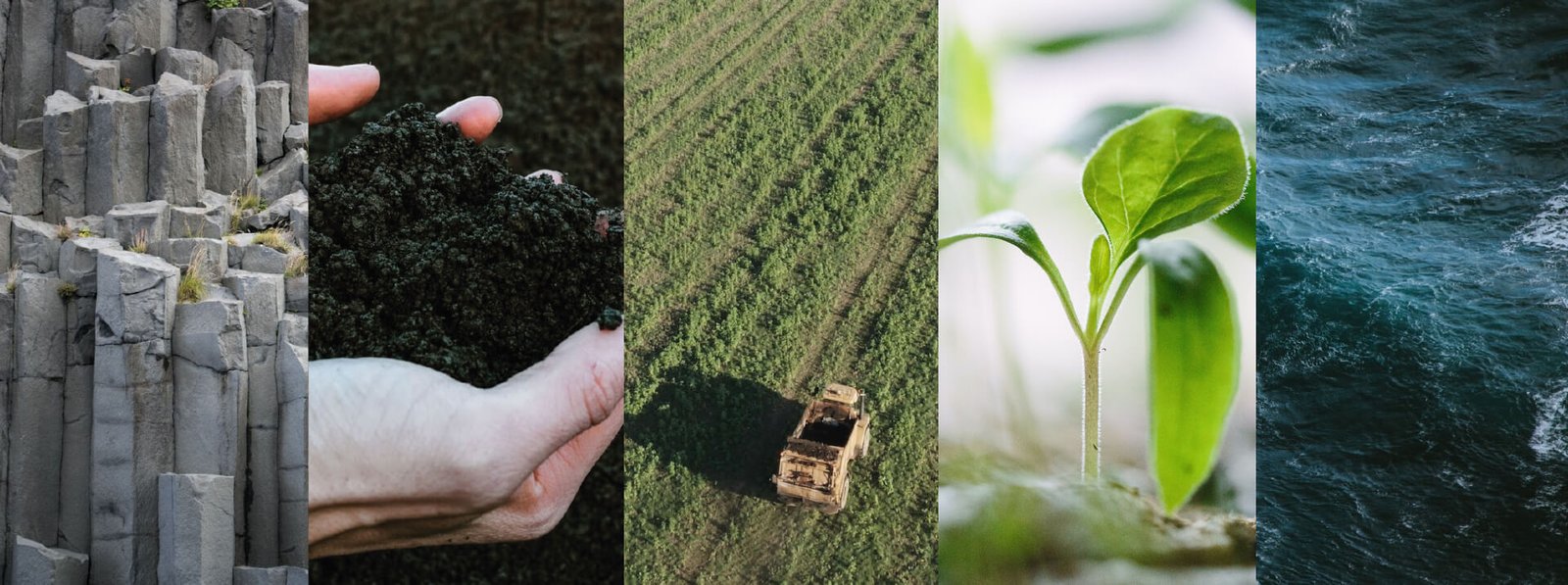ERW seeks to expedite the natural process of rock breakdown, which typically takes millions of years, into a viable partial solution to the urgent climate crisis.

Scientists have discovered an ingenious and cost-effective method to extract carbon dioxide from the Earth’s warming atmosphere. Termed “Enhanced Rock Weathering” (ERW), this process draws inspiration from the natural breakdown of rocks exposed to weather over extended periods.
Companies are now collaborating with rock quarries, truckers, and farmers to scale up this promising technique, potentially offering a solution to mitigate climate change. The primary material employed in ERW is a powdery dust derived from basalt, the most abundant form of volcanic rock globally.
ERW seeks to expedite the natural process of rock breakdown, which typically takes millions of years, into a viable partial solution to the urgent climate crisis. Hundreds of business professionals and scientists are actively engaged in advancing ERW as a method to extract climate pollutants from the air, transforming them into harmless substances that eventually find their way into oceans and waterways.
Mary Yap, a former entrepreneur who shifted her focus to address climate change, exemplifies the growing interest in ERW. After experiencing personal losses and reevaluating life’s priorities, Yap, now enrolled at Yale University, emphasizes the urgency of tackling climate issues. Her mentor, Noah Planavsky, an associate professor at Yale, conducted early ERW experiments by sprinkling a dark powder made from crushed basalt on Midwestern cornfields in 2016.
The pioneering work of David Beerling, a director of the Leverhulme Centre for Climate Change Mitigation and professor at the University of Sheffield, greatly influenced Planavsky’s research. Basalt dust not only enhanced corn and soybean production but also absorbed CO2 from the air.
The exposed carbon dioxide underwent a transformation into bicarbonate, a natural substance found in seashells, dissolving in groundwater and eventually washing away into the ocean.
As Enhanced Rock Weathering gains momentum, the collaboration between academia, industry, and agriculture holds the promise of a transformative approach to combating climate change, offering hope for a more sustainable future.